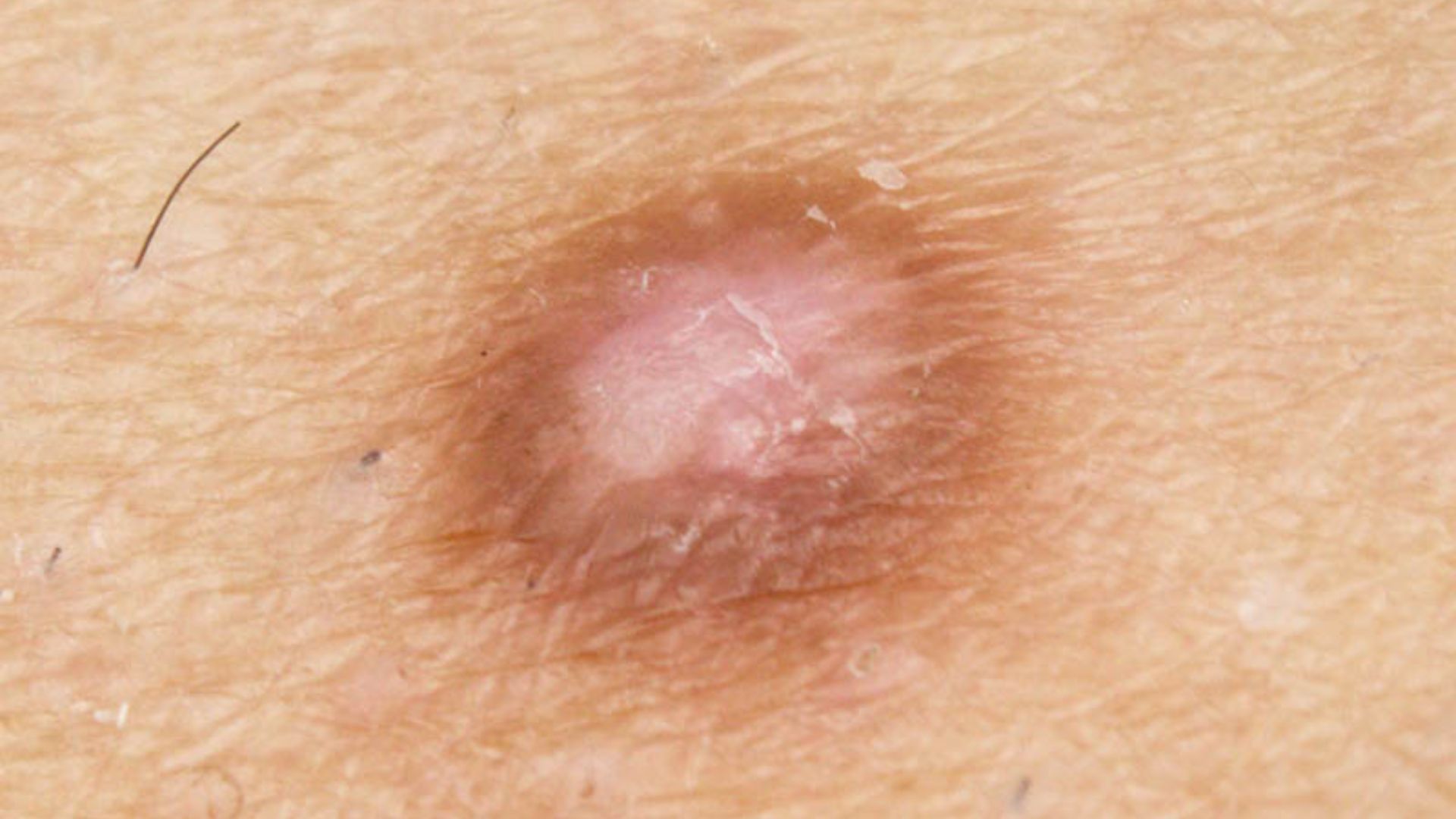A dermatofibroma is a benign skin growth that commonly appears as a firm, raised nodule, often on the legs and arms but also on the trunk.
Whilst harmless, some may cause discomfort, itching, catch on razors or cosmetic (aesthetic) upset.
The diagnosis of Dermatofibroma is best made by a Dermatologist as other skin lesions can look like it.
